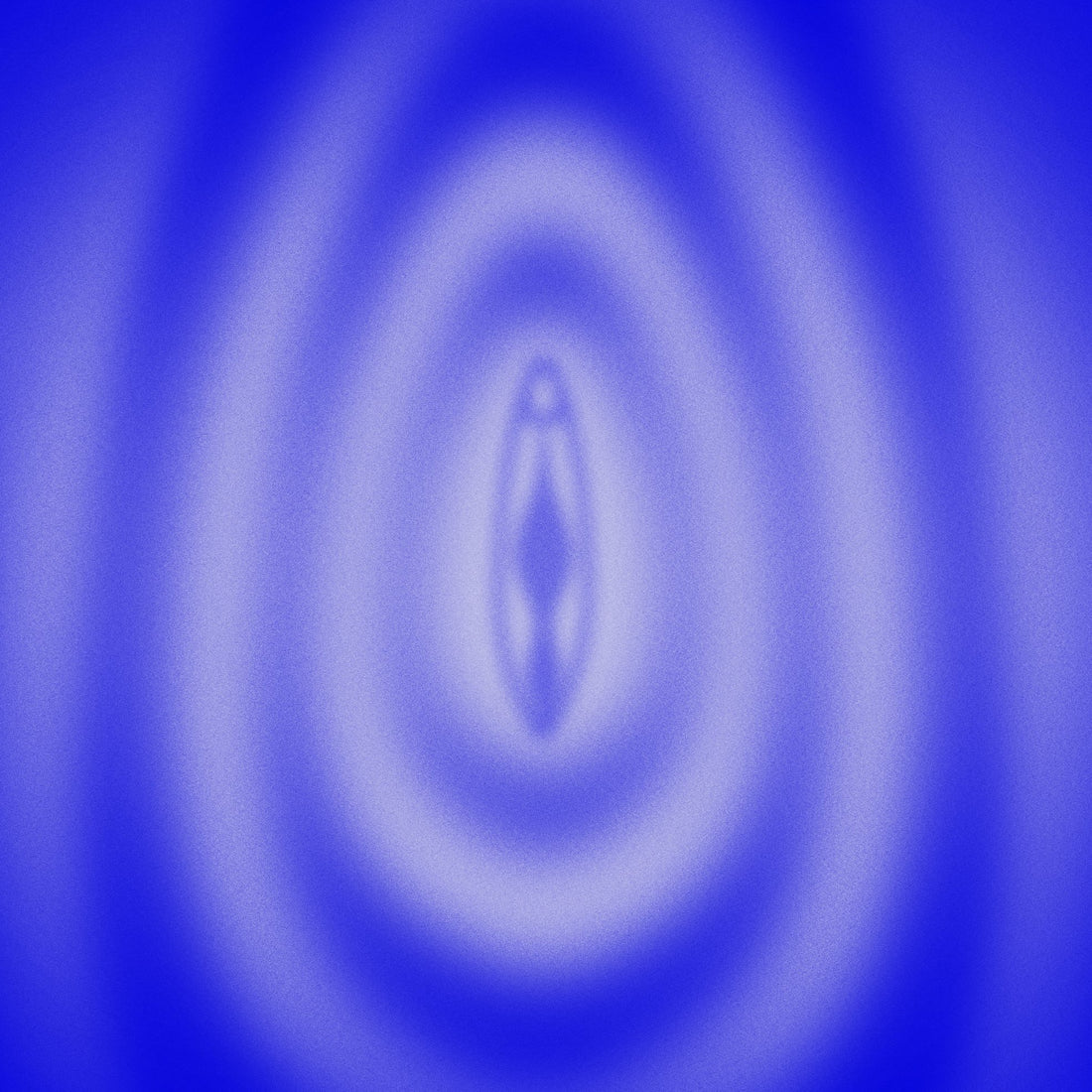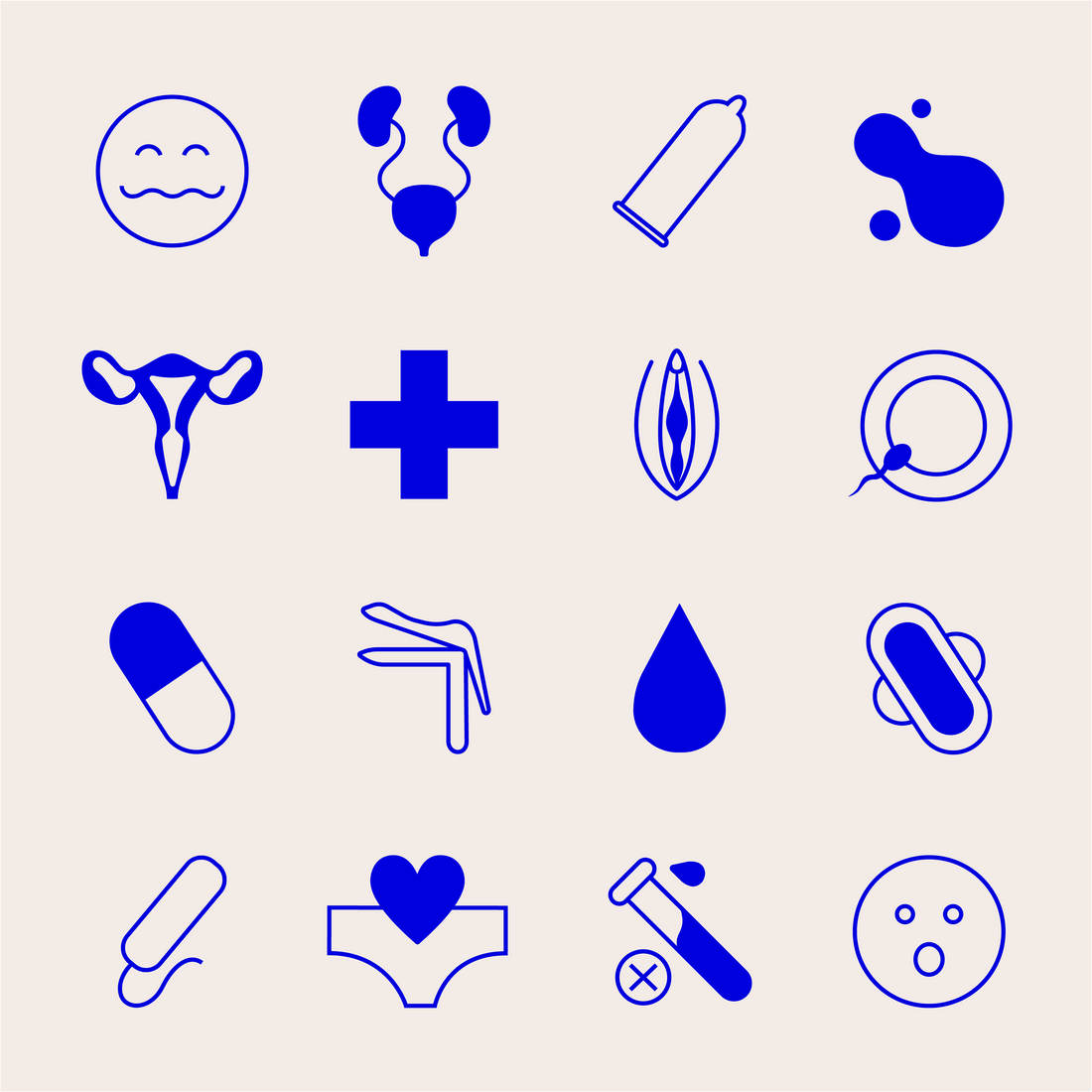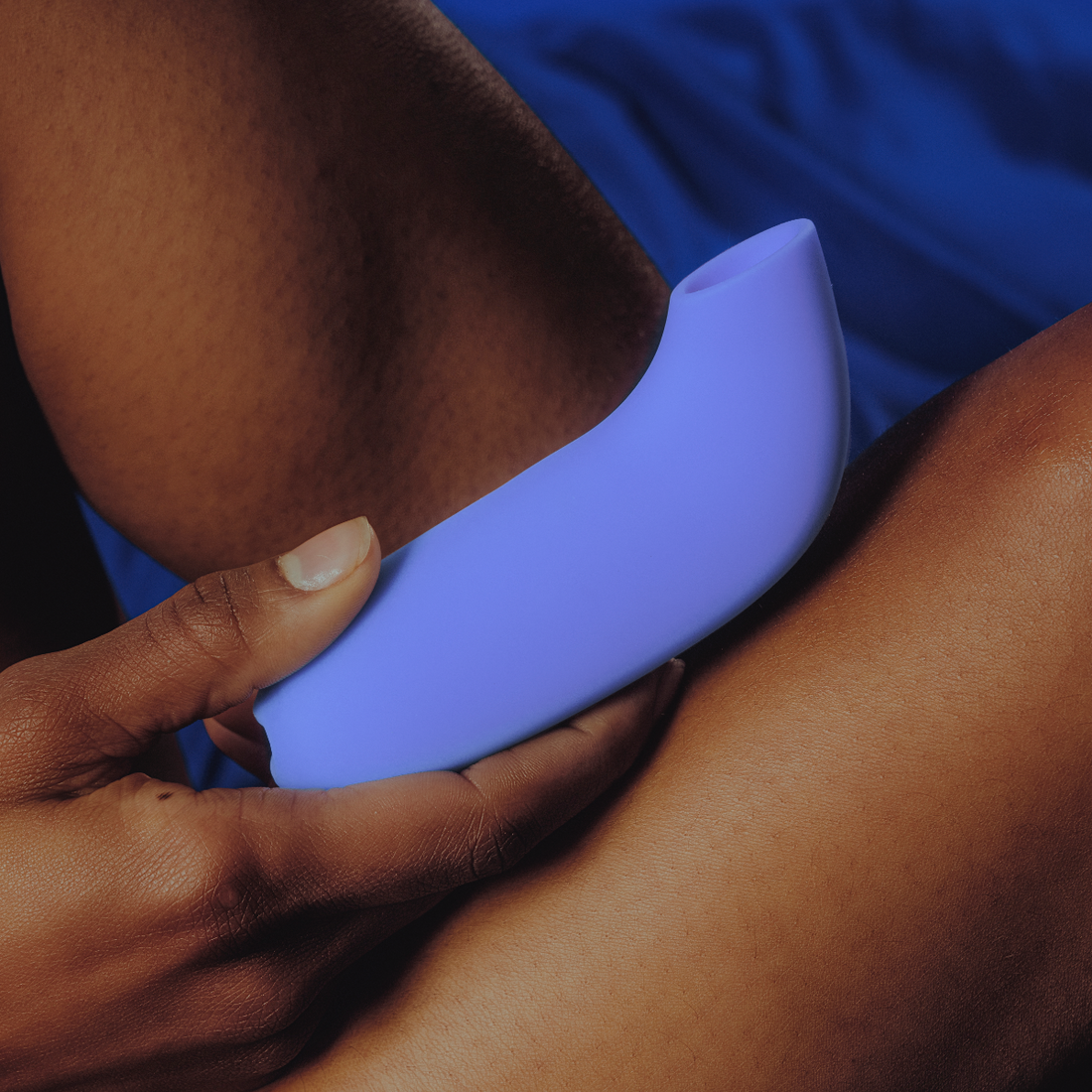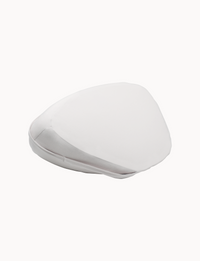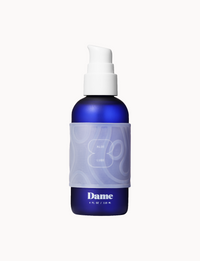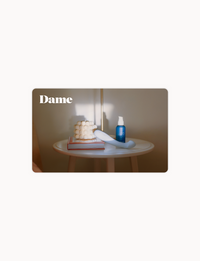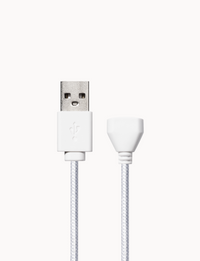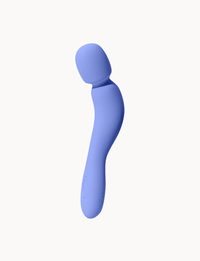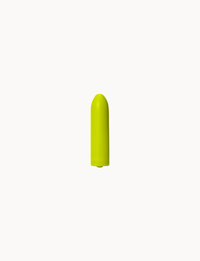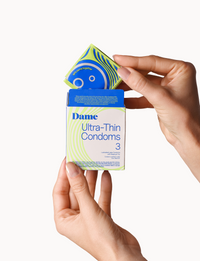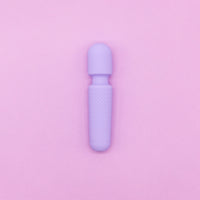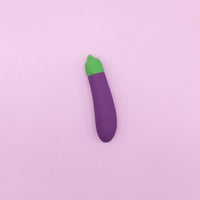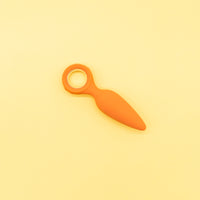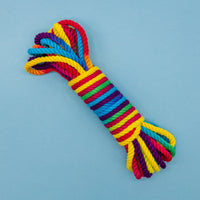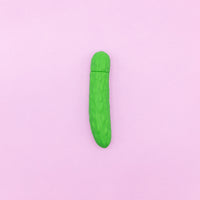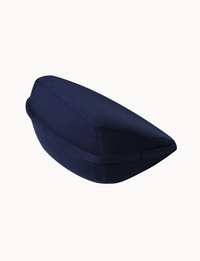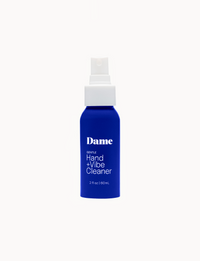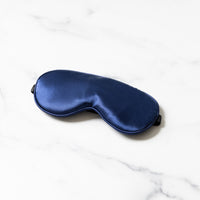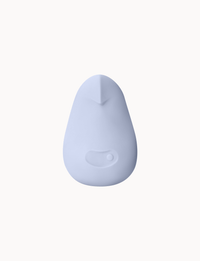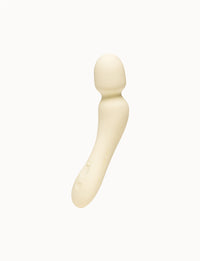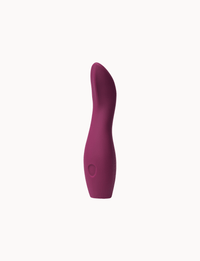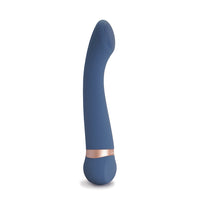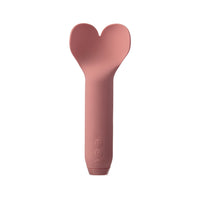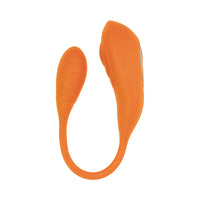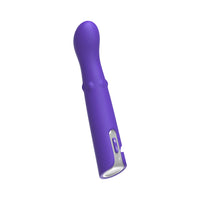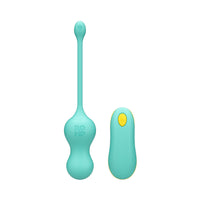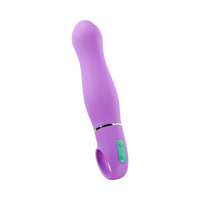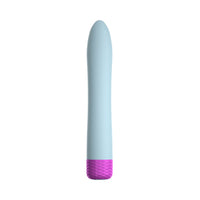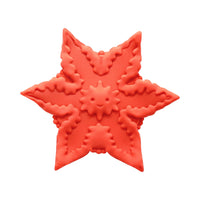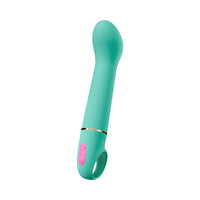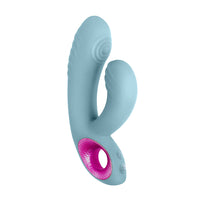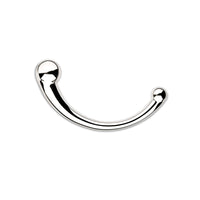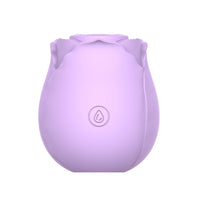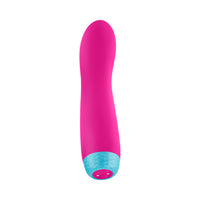The clitoris is exquisitely sensitive and is the center of most vulva-owners’ pleasure, so it can be frustrating, if not outright devastating, if yours is causing you discomfort. Research on clitoral pain is limited, but it occurs enough that there’s a clinical term for it: clitorodynia.
Clitorodynia can present in many different ways: Some may experience constant pain, while others may only experience pain when the clitoris is touched. Some may have a mild soreness, while others experience a sharp stabbing sensation. The presentations vary because the causes do as well.
If you’re suffering from any of these symptoms, help is available. Read on for info about what can cause clitoral pain and how it can be treated.
What causes clitoral pain?
There are many potential causes of clitoral pain, like:
1. Hormonal deficits
If your body isn’t producing enough of the hormones estradiol and testosterone, your vulva and clitoris can atrophy — that is, lose tissue–says Erin Hardiman, a physical therapist at the Pelvic Health and Rehabilitation Center. “Poor tissue integrity and health can result in pain and hypersensitivity to touch,” says Hardiman.
2. Infection
Tissue irritation from a yeast infection can cause pain and itchiness throughout the vulva, including the clitoris, says Hardiman. A herpes outbreak around the clitoris can similarly sometimes create clitoral pain, says urologist Kelly Casperson. In these cases, the clitoral pain will be treated by treating the infection, usually with medication.
3. Pudendal neuralgia
Pudendal neuralgia is a term for pain, burning, or numbness in the pelvis caused by irritation or damage of a nerve. Sometimes, the nerve gets irritated due to tightness and tension in the pelvic floor muscles, says Hardiman. A pelvic floor physical therapist can help diagnose and treat conditions like this.
4. Dermatological conditions
Certain skin conditions can also create pain if they affect the skin of the clitoris, says Hardiman. One of these conditions is lichens sclerosis, which causes thin, white patches of skin in the genital area. Another is lichens planus, where the immune system attacks skin cells, creating purplish, itchy bumps. A vulvar dermatologist can help diagnose and treat conditions like these.
5. Trapped or pulled skin
“The clitoris has a foreskin, or a clitoral hood, just like a penis does,” explains Casperson. “And just like the penis’s skin can get stuck or trapped or pulled, the clitoris can get that way, too.” This is most common for those who have low estrogen, like those who have experienced or are about to experience menopause, but could also result from hormonal birth control. “Some birth control pills can just lower your hormones enough that that skin gets a little atrophic, and then it kind of gets stuck on top of your clitoris,” says Casperson.
6. Keratin pearls
Sometimes, smegma or other discharge gets trapped under the clitoral hood and can get stuck to the clitoris or hood, says Hardiman. These pieces of discharge are called keratin pearls and can be broken up and removed using a probe in a doctor’s office.
7. Persistent genital arousal disorder
This is when “the clitoris is wrongly giving signals of stimulation that are very distressing for people because they're not in a sexual context,” says Casperson. And to make matters worse, it can cause pain as well as arousal. PDAG itself can have multiple causes, from nerve compression to hormonal imbalances, that will be treated in order to calm the sensation.
8. Nerve compression
If someone is frequently riding a bike, horseback riding, or partaking in other activities that put pressure on the genitals, they can experience pelvic pain due to compression — or squishing — of the nerves, says Casperson. Ceasing these activities and resting the area can help the nerves heal.
9. Lack of lubrication
If the pain is only during sexual activity, the issue could be as simple as a lack of lubrication. “The clitoris is not a self-lubricating organ,” says Casperson. “Too much friction can cause distress and pain.” Using lube — for clitoral stimulation as well as penetration — may help with the pain in this case.
10. Sexual trauma
Pain can be a direct result of a physical trauma or, less directly, could be related to emotional trauma, says Erin Pritchard, owner and clinical counselor at Sea Glass Counseling and Consultation. “Our bodies store traumatic memories and experiences in all sorts of places,” she says. “For some people, their body might be holding onto traumatic material within the pelvic area, and that traumatic pain might present itself in the clitoris.”
What does it feel like?
Clitoral pain can vary in intensity and sensation. Here’s what it might feel like:
- Sharp or Stabbing Pain: Sudden, intense pain that feels like a sharp or stabbing sensation in the clitoral area.
- Throbbing or Pulsating Discomfort: A rhythmic, pulsating pain that may come and go, often intensifying with touch or movement.
- Burning Sensation: A burning feeling around the clitoris, especially during or after sexual activity.
- Tenderness or Sensitivity: The clitoris feels overly sensitive to touch, making even gentle contact uncomfortable
- Aching or Dull Pain: A persistent, dull ache that lingers and can be exacerbated by sitting or pressure on the area.
- Itching or Irritation: Accompanying itchiness or irritation, which can sometimes be confused with pain.
What should you do if you’re experiencing clitoral pain?
If you’re experiencing clitoral pain, it’s important to take it seriously. Here’s what you should do:
Monitor the Pain: Keep track of when the pain occurs, its intensity, and any triggers. If the pain persists for more than 5 to 7 days, it’s time to take further action.
Consult a Doctor: If the pain lasts longer than a week, or if it’s severe, make an appointment with your healthcare provider. They can help determine the cause and suggest appropriate treatments.
Consider Seeing a Physical Therapist: If your doctor suspects that the pain is related to pelvic floor dysfunction or muscular issues, they may refer you to a physical therapist who specializes in pelvic health.
Avoid Potential Irritants: In the meantime, avoid activities or products that might exacerbate the pain, such as tight clothing, harsh soaps, or certain sexual activities.
Seek Specialized Care if Needed: Depending on the cause, you may need to see a specialist, such as a gynecologist or a neurologist, to further investigate and treat the issue.
Taking proactive steps can help alleviate pain and address any underlying issues, ensuring your sexual health and comfort.
How can clitoral pain be treated?
“The treatment depends on the cause, so can vary from treating an infection to treating a skin condition, addition of hormones, or a procedure,” says OB/GYN Lyndsey Harper, founder and CEO of Rosy Wellness.
Infections are usually treated with medication, while hormonal imbalances can be treated with hormonal supplementation, says Hardiman. Nerve issues may require a combination of treatments, including medications, pelvic floor physical therapy, and nerve-directed therapies.
Seeing a psychotherapist may also be helpful if you’re experiencing distress or shame around your pain or think it may be trauma-related, says Pritchard. “Therapy certainly can be helpful for resolving any negative messages that this pain is causing people to believe about themselves.”
What if your doctor doesn’t listen?
It’s a frustrating reality that not all doctors take sexual problems, especially those experienced by people with vulvas, seriously. “Unfortunately, many doctors don't get the training we need to help women with sexual problems,” says Harper.
If your doctor isn’t able to help, she suggests seeking out a specialist in sexual medicine or pelvic pain. You also may be able to get a referral to a competent doctor from a pelvic floor physical therapist, says Hardiman.
Jeffcoat recommends searching pelvicpain.org to find physicians with experience treating pelvic pain. You can also go to the International Society for the Study of Women's Sexual Health website to find providers who will take sexual health seriously, says Casperson.
It may take some persistence to find the right diagnosis and treatment, but clitoral pain isn’t ever something you just have to live with. Find a provider who you trust and can open up to, and work together to figure out what’s causing your pain and identify a treatment you feel comfortable with.
Special thanks to:
- Erin Hardiman, a physical therapist at the Pelvic Health and Rehabilitation Center
- Kelly Casperson, urologist
- Erin Pritchard, owner and clinical counselor at Sea Glass Counseling and Consultation
- Lyndsey Harper, OB/GYN & founder and CEO of Rosy Wellness.
